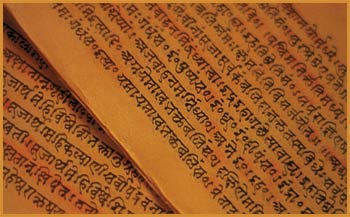What is earliest evidence of Banking in Ancient India?
The History of Banking in India is as old as Vedic Civilization. For example, in Vedic age the loan deeds called rnapatra or rnalekhya were prevalent. Interest rates as well as usury (सूदखोरी ) was prevalent in Vedic India. The Vedic word Kusidin refers to an usurer. Manusmriti condemns usury and calls it an acceptable means of acquiring wealth. Existence of institution money lending proved by the fact that Manusmriti fixes minimum and maximum rates of interest and considers money lending above a certain rate as grave sin. However, it fixes different ceiling rates for different caste. For example, the rate of interest for Brahmins was 24% while it was 36%, 48% and 60% for Kshatriyas, Vaishayas and Shudras.
Akin to the Vedic era, the Buddhist, Mauryan and Mughal periods are also known for various types of such instruments. The Arthashastra of Kautilya mentions presence of bankers during Maurya era. There were instruments in Maurya Era known as “Adesha” which are equivalent to Bill of exchange of current times.
There are plenty of references available in the ancient Indian literature regarding an indigenous banking system that financed the trade and commerce in the country. The businessmen called Shroffs, Seths, Sahukars, Mahajans, Chettis etc. had been carrying on the business of banking since ancient times. These indigenous bankers included very small money lenders to shroffs with huge businesses, who carried on the large and specialized business even greater than the business of banks.


